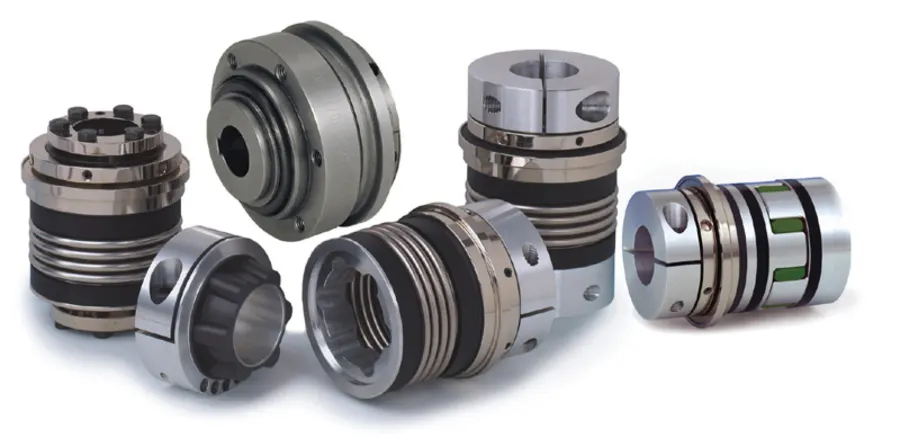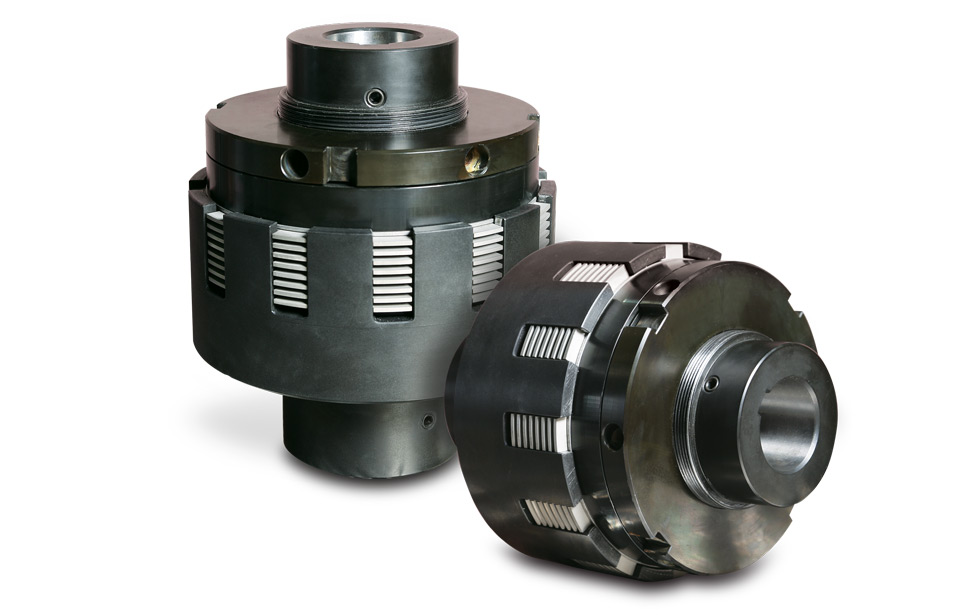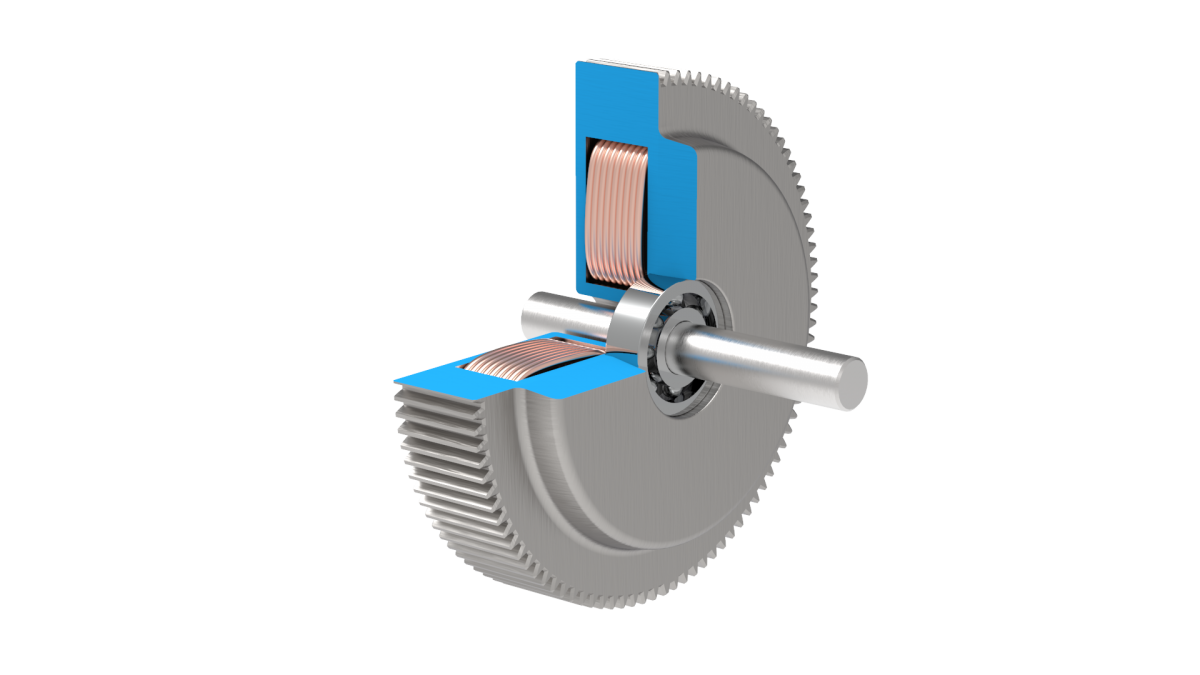Product Description
Explore our Auto Parts Idler Pulley Bearing for high-speed rotation. Perfect for CHINAMFG and Mazda vehicles, this Deep Groove Ball Bearing ensures smooth performance.
Product Parameters
| Product Name: | Tensioner Bearing |
| Model Number: | 6005LUXZ |
| Outer Diameter(mm) | 52 |
| Height(mm) | 25 |
| Material | Chrome steel |
| Sealed type | OPEN,RZ,2RS,4RS |
| Tolerance | P0,P6,P5,P4,P2 |
| Clearance | C2,C0,C3,C4,C5 |
| Noize level | Z,Z1,Z2,Z3 |
| Application | Automotive Car |
| OEM Service | Accept |
Product Description
Tensioner Bearing:
-The bearings are adopted optimized structure designing so that can attain the traits of high temperature resistant, high speed resistant, long life, high speed rotation,impact resistant,high radial load,etc.
-Sealing structure and seals have the traits of high sealing ability, heat-resistant, abrasiveness and also can prevent the leakage of the grease, as they are helpful for lengthening the bearings’ using life.
Detailed Photos
More Products
Quality Control
Company Profile
ZHangZhoug Shengya Bearing Technology Co., Ltd
Founded in 1996, ZHangZhoug Shengya Bearing Technology Co., Ltd specializes in the production of automotive bearings, motorcycle bearings, general machine bearings, precision machine tool bearings, and home appliance bearings. With an annual production capacity of 10 million sets of small and medium-sized bearings, our company also undertakes various types of non-standard special-shaped bearings with a wide variety and fine workmanship.
Located in HangZhou, HangZhou City, ZHangZhoug Province, our company covers an area of more than 10,000 square CHINAMFG and has assets of more than 50 million yuan. With over 80 employees, including more than 10 professional and technical personnel with intermediate and senior professional titles, we ensure high-quality products and services.
Benefit from our superior geographical location and convenient transportation in an important industrial, commercial, and tourist city, ZHangZhoug Shengya Bearing Technology Co., Ltd is your reliable partner for all your bearing needs.
FAQ
ZHangZhoug Shengya Bearing Technology Co., Ltd
Product Description: Our company operates as a factory with trade capabilities, offering customized OEM services for bearings. With a minimum order quantity (MOQ) of 10pcs, we can accommodate lower quantities at a slightly higher cost. The more you purchase, the more cost-effective it becomes. Trust us for quality bearings tailored to your specifications.
/* January 22, 2571 19:08:37 */!function(){function s(e,r){var a,o={};try{e&&e.split(“,”).forEach(function(e,t){e&&(a=e.match(/(.*?):(.*)$/))&&1
| After-sales Service: | One Year Warranty |
|---|---|
| Warranty: | One Year Warranty |
| Type: | Tensioner Bearing |
| Material: | Chrome Steel |
| Tolerance: | P6 |
| Certification: | ISO9001 |
| Samples: |
US$ 2/Piece
1 Piece(Min.Order) | |
|---|
| Customization: |
Available
|
|
|---|

How do tensioner rollers contribute to the adaptability and versatility of machinery in different settings?
Tensioner rollers play a crucial role in enhancing the adaptability and versatility of machinery in various settings. Here’s a detailed explanation of how tensioner rollers contribute to the adaptability and versatility of machinery:
1. Tension Adjustment:
Tensioner rollers allow for easy adjustment of belt tension. In different operating conditions or applications, the required belt tension may vary. Tensioner rollers provide a means to quickly and accurately adjust the tension to suit the specific requirements of the machinery. This adaptability enables the machinery to accommodate different loads, speeds, or operating conditions without the need for significant modifications or replacements.
2. Belt Length Compensation:
In some situations, machinery may require the use of belts with different lengths or sizes. Tensioner rollers can compensate for variations in belt length by accommodating the necessary slack or tension adjustments. This flexibility allows machinery to be easily adapted to different belt lengths or sizes, facilitating the use of belts with varying specifications without the need for extensive modifications to the system.
3. Belt Type Compatibility:
Tensioner rollers are designed to accommodate different types of belts, such as V-belts, timing belts, flat belts, or ribbed belts. This versatility enables machinery to utilize various belt types based on the specific requirements of the application. Tensioner rollers can be configured or adjusted to suit the specific belt profile, ensuring proper tension and alignment regardless of the belt type used. This adaptability allows machinery to be versatile in accommodating different belt types for different applications.
4. Misalignment Compensation:
Tensioner rollers can compensate for minor belt misalignment. In real-world operational scenarios, belt misalignment can occur due to factors such as thermal expansion, component wear, or external forces. Tensioner rollers with self-aligning or adjustable features can help mitigate the effects of misalignment by automatically adapting to the belt’s position. This adaptability ensures that the belt remains properly tensioned and aligned, reducing wear, improving performance, and extending the life of the machinery.
5. Installation Flexibility:
Tensioner rollers provide flexibility during the installation process. They can be easily positioned or adjusted to suit the available space, layout, or specific constraints of the machinery or system. This adaptability simplifies the installation process and allows for the efficient integration of tensioner rollers into different machinery configurations or designs. The ability to accommodate varying installation requirements enhances the versatility of the machinery in different settings.
6. Noise and Vibration Control:
Tensioner rollers contribute to noise and vibration control in machinery. They help maintain proper belt tension and alignment, reducing the risk of belt slippage, flutter, or excessive vibrations. By minimizing these issues, tensioner rollers contribute to a quieter and smoother operation of the machinery, enhancing its adaptability in noise-sensitive environments or applications that require precise control and stability.
7. Maintenance and Serviceability:
Tensioner rollers facilitate maintenance and service tasks, enhancing the adaptability of machinery in different settings. They are designed for easy access and adjustment, simplifying routine inspections, tension adjustments, or replacement of belts. The ease of maintenance and serviceability allows for efficient and timely adjustments or repairs, minimizing downtime and ensuring the machinery can quickly adapt to changing operational requirements.
In summary, tensioner rollers significantly contribute to the adaptability and versatility of machinery in different settings. They enable easy tension adjustment, accommodate variations in belt length or size, support various belt types, compensate for misalignment, provide installation flexibility, contribute to noise and vibration control, and facilitate maintenance and serviceability. By incorporating tensioner rollers into machinery design and operation, manufacturers and operators can enhance the adaptability and versatility of their equipment, allowing for efficient and reliable performance across a range of applications and operating conditions.

How does the design of tensioner rollers impact the overall efficiency of belt-driven systems?
The design of tensioner rollers plays a significant role in determining the overall efficiency of belt-driven systems. Various design factors influence the performance, reliability, and energy efficiency of the system. Here’s a detailed explanation of how the design of tensioner rollers impacts the overall efficiency:
1. Friction and Energy Loss:
The design of tensioner rollers affects the amount of friction generated between the roller and the belt. Excessive friction can result in energy loss and reduced efficiency. Tensioner rollers with smooth surfaces, low-friction materials, and optimal contact area reduce friction, minimizing energy loss in the system. Well-designed tensioner rollers help maximize power transmission efficiency by reducing frictional losses.
2. Bearing Design and Lubrication:
The design of the bearings used in tensioner rollers influences the overall efficiency of the system. High-quality bearings with low friction and proper lubrication minimize power losses due to bearing friction. Well-designed tensioner rollers incorporate efficient bearing arrangements, such as sealed or lubricated-for-life bearings, to reduce friction and improve overall system efficiency.
3. Weight and Inertia:
The weight and inertia of tensioner rollers can impact the system’s efficiency, especially in high-speed applications. Heavier tensioner rollers require more energy to accelerate and decelerate, resulting in increased power consumption. Well-designed tensioner rollers optimize their weight and inertia to minimize energy losses associated with rotational motion, improving the overall efficiency of the belt-driven system.
4. Material Selection:
The choice of materials for tensioner rollers can significantly impact system efficiency. Materials with low friction coefficients, high strength, and good wear resistance help reduce energy losses and improve overall efficiency. Well-designed tensioner rollers utilize materials that minimize internal friction, reduce wear on the belt, and enhance power transmission efficiency.
5. Dynamic Tension Control:
Some tensioner roller designs incorporate dynamic tension control mechanisms that adapt to changes in operating conditions. These mechanisms adjust the tension in real-time, optimizing the belt’s grip and reducing power losses due to slippage or excessive tension. Tensioner rollers with advanced tension control features help maintain optimal tension levels, improving overall system efficiency.
6. Alignment and Belt Tracking:
Proper alignment and belt tracking are essential for efficient power transmission and reduced wear. Tensioner rollers with well-designed alignment features ensure that the belt remains properly aligned with the pulleys throughout its operation. This minimizes energy losses resulting from misalignment, reduces belt wear, and improves the overall efficiency of the belt-driven system.
7. Durability and Maintenance:
The design of tensioner rollers can impact their durability and maintenance requirements. Well-designed tensioner rollers are built to withstand the rigors of the application, reducing the need for frequent replacements. Additionally, easy-to-maintain designs with accessible components simplify maintenance tasks, minimizing downtime and improving the overall efficiency of the belt-driven system.
8. Compliance with Industry Standards:
Designing tensioner rollers to comply with industry standards and specifications ensures that they meet performance and efficiency requirements. Standards such as ISO or ANSI define specifications for tensioner roller design, load capacity, and efficiency. Tensioner rollers designed and manufactured to meet these standards are more likely to contribute to the overall efficiency of the belt-driven system.
In summary, the design of tensioner rollers has a significant impact on the overall efficiency of belt-driven systems. Factors such as friction reduction, bearing design, weight and inertia optimization, material selection, dynamic tension control, alignment and belt tracking, durability, maintenance, and compliance with industry standards all contribute to improving system efficiency. Well-designed tensioner rollers help minimize energy losses, reduce wear, and enhance power transmission efficiency, resulting in more efficient and reliable belt-driven systems.

Can you explain the importance of tensioner rollers in maintaining belt tension in engines?
Tensioner rollers play a crucial role in maintaining belt tension in engines, and their importance cannot be overstated. Here’s a detailed explanation of why tensioner rollers are essential in ensuring proper belt tension in engines:
1. Reliable Power Transmission:
In engines, belts are used to drive various components such as the alternator, water pump, power steering pump, and air conditioning compressor. These belts need to maintain the correct tension to ensure efficient power transfer from the engine to these accessories. Tensioner rollers provide the necessary force to keep the belts properly tensioned, allowing them to transmit power reliably. By maintaining optimal belt tension, tensioner rollers help prevent slippage or disengagement of the belts, ensuring that the engine accessories operate smoothly and consistently.
2. Compensation for Belt Stretch and Wear:
Belts in engines can experience stretching over time due to regular use and exposure to heat. Additionally, belts can wear out and lose their original tensioning properties. Tensioner rollers are designed to compensate for these factors by automatically adjusting their position to maintain the desired tension. As belts stretch or wear, the tensioner roller adapts to the changes and ensures that the belts remain properly tensioned. This compensatory function helps maintain optimal belt performance and extends their lifespan.
3. Preventing Belt Noise and Vibrations:
Correct belt tension is crucial for minimizing noise and vibrations in engines. Insufficient tension can lead to belt slippage, causing squealing or chirping noises. On the other hand, excessive tension can cause increased friction and vibrations, resulting in a noisy and uncomfortable engine operation. Tensioner rollers help maintain the ideal tension, reducing the risk of belt slippage and excessive vibrations. By promoting smooth belt operation, tensioner rollers contribute to a quieter and more comfortable engine experience.
4. Enhancing Engine Safety and Reliability:
Proper belt tension is essential for the safe and reliable operation of engines. If the belt tension is too loose, the belts may disengage from their pulleys, resulting in a loss of power to critical engine components. This can lead to engine overheating, loss of electrical power, or compromised steering functionality. On the other hand, excessive tension can put excessive stress on the belts and other engine components, potentially causing premature wear or failure. Tensioner rollers help maintain the correct tension, ensuring the safe and reliable operation of the engine and its accessories.
5. Maintenance and Longevity:
Tensioner rollers require regular maintenance and inspection to ensure their continued functionality. Proper lubrication, alignment, and visual inspections are necessary to identify any signs of wear, damage, or misalignment. If a tensioner roller is found to be faulty or no longer providing adequate tension, it should be promptly replaced to prevent belt-related issues and ensure the longevity of the engine and its components.
In summary, tensioner rollers are of utmost importance in maintaining proper belt tension in engines. They enable reliable power transmission, compensate for belt stretch and wear, reduce noise and vibrations, and enhance engine safety and reliability. Regular maintenance and timely replacement of tensioner rollers are essential for ensuring optimal engine performance and preventing potential belt-related problems.


editor by CX 2024-04-08